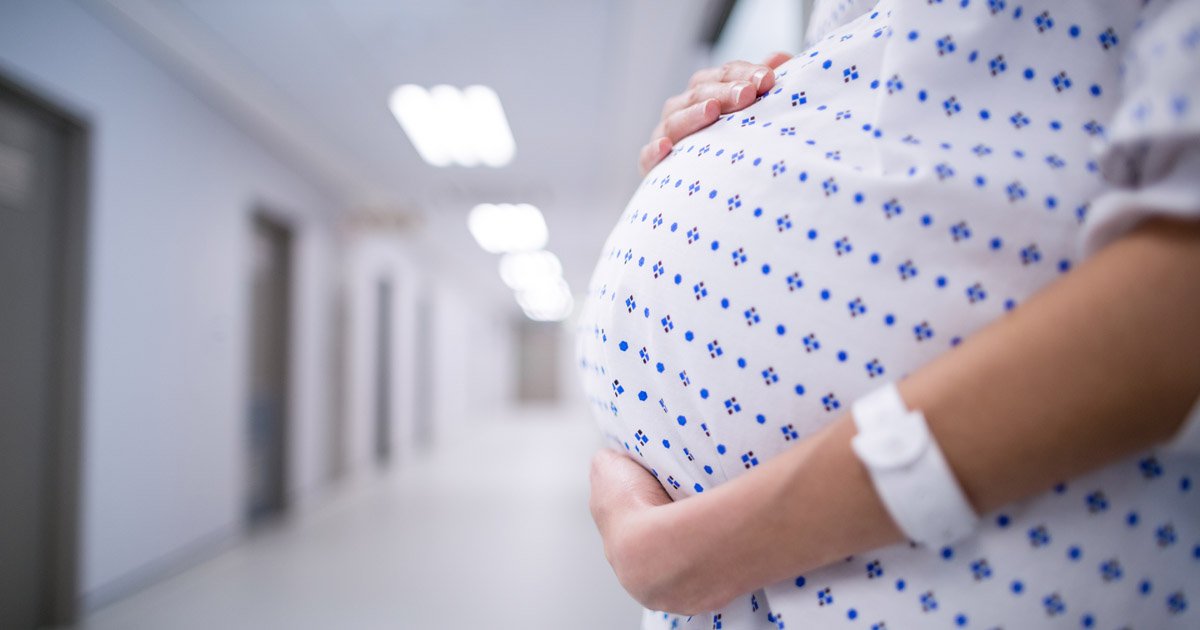ACOG presidential program stresses ‘the time is now’ to end maternal mortality
NASHVILLE, Tenn. — The United States is one of the most dangerous places in the industrialized world to have a baby, according to a presenter at the presidential program, the official kickoff event of the American College of Obstetricians and Gynecologists Annual Clinical and Scientific Meeting.
Other data show the 48 states and District of Columbia, combined, had a 26.6% increase in the estimated maternal mortality rate from 2000 to 2014, and the U.S. has dropped from 41st to 46th worldwide in postpartum maternal survivorship.
The work to reverse these trends needs to begin immediately, Lisa Hollier, MD, MPH, ACOG president, said, encouraging OB/GYNs to begin the process of implementing changes. “The time is now to make this difference,” she said.
The other program participants — Mary-Ann Etiebet, MD, executive director, Merck for Mothers, a group that works to prevent maternal deaths worldwide, Rebekah Gee, MD, MPH, secretary of the Louisiana Department of Health and Christy Turlington Burns, a former model, now filmmaker who has produced several documentaries on the maternal mortality crisis, provided some suggestions on ending maternal mortality:
- asking women of reproductive age if they have any underlying and/or chronic health conditions and treat as extensively as possible before she becomes pregnant;
- expanding the medical team involved in expectant mother’s care to include midwives, nurses, community health workers and the mothers themselves and ensuring the care provided by all these medical professionals is consistent;
- ensuring the mother, when needed, has access to transportation and child care when she has an appointment;
- calling new mothers a few weeks after they have given birth to ask how they are adjusting to motherhood;
- recognizing, then addressing racial bias in health care settings if it exists;
- gathering qualitative and quantitative data to provide to health insurance providers as justification for lowering copays for health tests, blood work, etc. related to women’s health;
- utilizing toolkits from the California Maternal Quality Care Collaborative, which the speakers said have been successful at reducing that state’s maternal mortality rate by half;
- having women who nearly experienced maternal mortality on advisory boards whose goal is to improve maternal mortality rates; and
- investigating every such death to determine where things went wrong, and then integrate changes based on the findings.
These responsibilities must be performed by all, even among those clinicians who have never lost a patient following pregnancy, Gee said.

“We all have a role and responsibility in fixing this problem. Everyone here needs to go back to their hospitals and check to ensure that they have a hemorrhage cart, are you doing quantitative blood loss, are you doing team rounds? If you are not, you need to ask yourself why,” she said.
Many of these efforts do not involve large investments of time and money, according to Turlington-Burns.
“So many of the solutions are very simple. [Maternal mortality] is a complex problem but the solutions are so attainable,” she said.
Etiebet encouraged the clinicians at the meeting to use the current momentum surrounding other women’s issues to find solutions to maternal mortality.
“We need to use these suggestions for the long-term, not just as one-time interventions. All of us have an opportunity to bring attention to this broader societal issue and no longer say ‘That’s just how it is,’” she said.
“The moment is now. We have to mobilize for action. We have the power to mobilize our teams and ... we can do something about this so that no woman has to die giving life,” Etiebet said. – by Janel Miller
References:
Presented at: American College of Obstetricians and Gynecologists Annual Clinical and Scientific Meeting; May 3-6, 2019; Nashville.
Addario L. “Women’s health and maternal mortality.”
Etiebet M. “Global Solutions to maternal mortality.”
Gee R. “U.S. solutions for maternal mortality.”
Hollier L. “Maternal mortality: Progress toward prevention.”
Also: MacDorman MF, et al. Obstet Gynecol. 2016;doi:10.1097/AOG.0000000000001556.
Disclosures: Hollier is ACOG president. Healio Primary Care Today was unable to determine the other speakers’ relevant financial disclosures prior to publication.

